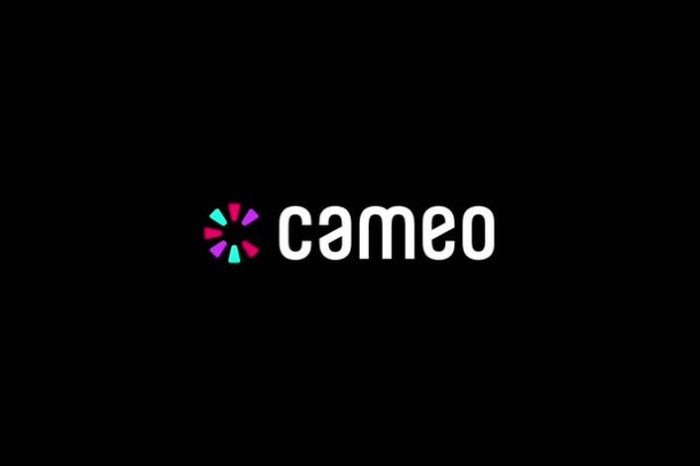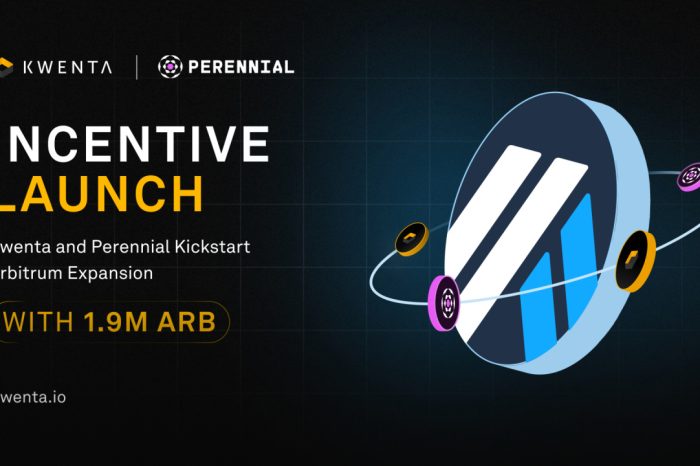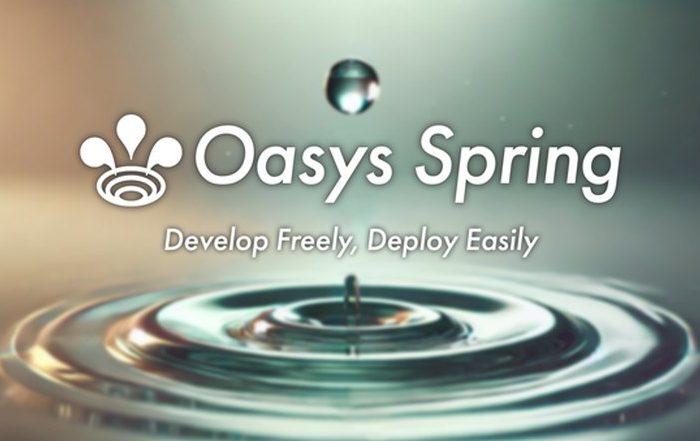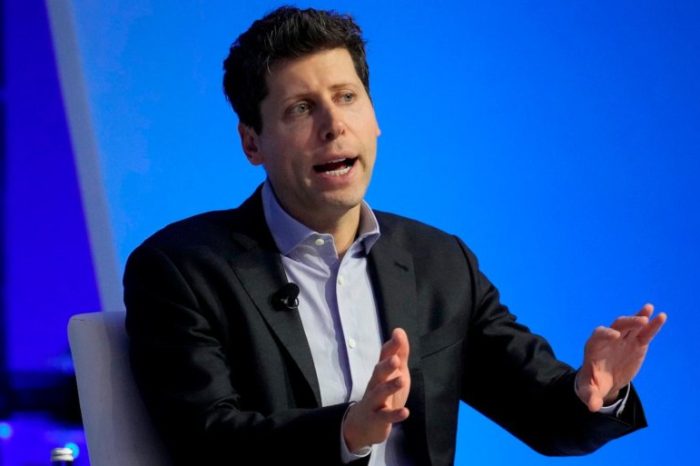There are three traditional methods of managing personal income.
1. Budgeting,
2. Keeping a spending history, and
3. Doing nothing (also known as living from paycheck to paycheck).
Budgeting involves setting what percent of future income is to be spent on which categories of expenses, and then recording all purchases in order to track how well spending is staying within the predefined limits. The process sounds very simple, however, it is difficult, in my opinion, to stick with a budget for very long. The energy and dedication needed to keep track of where the money goes is tremendous. I’ve tried budgeting on several occasions and failed miserably because I couldn’t stomach keeping track of every penny I spent.
Traditional budgets also tend to fail because the setting of rigid spending limits does not lend itself well to being flexible. When unforeseen expenses pop up, a budget can be rendered useless very quickly. It’s my experience that budgets can feel like monetary straight jackets that are soon abandoned.
Spending Histories – A Vicious Cycle
Keeping a spending history also involves the recording of every penny spent. The intent is to use the spending history as a basis for identifying spending habits that can be improved and then making needed changes to future spending patterns. The main weakness of keeping a spending history is that it is focused on past activity and, therefore, is of little help when a person is trying to make immediate decisions about spending for current and future requirements.
Here’s the normal cycle of keeping a spending history. This cycle highlights the spending history’s weakness as a personal cash flow management tool.
1. It takes time to accumulate a spending history. While accumulating the history, inappropriate spending habits will probably continue. If you don’t consistently continue your bad habits, you won’t be able to document them in your spending history.
2. You have to keep track of, and record every penny of your spending. Spending information must be recorded in some type of tracking device that is capable of organizing the information and displaying useful reports and graphs. Two popular examples of these tracking devices are Quicken and Money. As mentioned earlier, keeping track of every penny spent, and dutifully recording that information, takes dedication and a lot of energy.
3. Whether or not changes to spending habits are effective, and whether or not habits are really starting to change, cannot be determined until additional spending history has been accumulated. After you have accumulated sufficient spending history such that you can see some of your bad habits, it’s time to adjust your spending patterns. To determine whether these adjustments are appropriate and have the desired effect, you have to return to step 1.
The failure of keeping a spending history as a personal cash flow management tool is, in my opinion, to be expected. This money management technique is, I believe, based on GAAP (generally accepted accounting practices) which are used by businesses specifically to keep track of what happened; not plan for what is about to happen. The “about to happen” part is left to annual budgeting processes. This accounting approach is appropriate for businesses; but, is cumbersome and unresponsive for personal use.
The software used to accumulate a spending history, in my opinion, also contributes to the failure of the spending history technique. These types of programs tend to be too complicated and inflexible for many people. I’ve tried both Quicken and Money. In addition to my own dislike for these programs, I have met very few people who actually use Quicken and Money for their intended purposes. The usual reason I hear for buying either of these programs is because they contain a check register. That is the only feature being used.
The “Doing Nothing” Method
I believe most people end up doing nothing either because they’ve never been shown a better way, or because, like me, they’ve tried and failed at budgeting and/or keeping a spending history. Doing nothing means their personal finance management is reduced to paying bills when the bills come due with the money that is on hand at the time. They live from paycheck to paycheck with periods when they have lots of money interspersed with periods when there may not be enough on hand to buy bread and milk. This roller coaster approach to personal cash flow, in my opinion, encourages ill advised spending and almost guarantees growing indebtedness.
What Is Month-To-Month Personal Finance?
There is a new alternative which overcomes all of the above personal cash flow management problems. Created out of practical necessity, this new alternative may require new ways of looking at, and thinking about personal finances and the tools that are used to manage those finances. Before looking at this new approach to managing personal cash flow, let’s first take a new look at the activities that comprise personal finances. Before you can begin to effectively manage your finances, it helps to have an understanding of what you are managing.
I break down month-to-month personal finances into the following five activities.
1. Receiving income.
2. Paying bills.
3. Paying day-to-day expenses.
4. Paying for larger than normal expenses.
5. Setting aside a cushion.
This list does not include any activity intentionally associated with wealth building. The concern here is dealing with the fundamental issues of living comfortably day-to-day and paying the bills on time. Once those issues are dealt with successfully and consistently, building wealth becomes a possibility.
It is my contention that the main reason people get into trouble with their finances is because they let activity 1, getting a paycheck, control when all of the remaining activities happen. Bills are paid typically on payday because that’s when money is available. Depending on how much is needed to pay bills each payday, the amount left over for day-to-day expenses could be a lot or a little. Sound familiar? And, since the receipt of paychecks is determining when bills are paid, and the size of the bills are determining how much pocket money is left, there is rarely any excess money for activities 4 and 5. Setting aside money “for a rainy day” just doesn’t happen. Making major purchases, such as replacing the refrigerator when it goes on the fritz or buying a new set of tires, adds even more to the credit card balances.
Having growing, uncontrolled debt and no savings can, I believe, be attributed directly to letting your paychecks control your cash flow.
Getting Off The Roller Coaster
How do you break the living from payday to payday roller coaster cycle? Budgeting and keeping a spending history, while very useful to some people, are, in my opinion, not the solutions that work for most of us. Getting control of your finances is, instead, a matter of simplifying your finances. This is done by decoupling all of your personal finance activities. The five activities listed above are related, but they can be managed separately. Once you begin handling your personal cash flow management activities separately, something magical happens. The domino effect of (1) get a paycheck, (2) pay bills, (3) put what’s left in your pocket, is stopped. Instead, your bills begin to get paid on time, and money for day-to-day expenses is consistent from week to week.
The decoupling of personal finance activities is achieved by consistently applying these two techniques.
1. Separate the receipt of income from the paying of bills. Instead of paying bills on payday, sit down and arrange for the payment of bills on a consistent schedule that is independent of when income is received.
2. Fix the amount of money for day-to-day expenses at an appropriate weekly amount. Instead of pocketing what’s left over after payin
g
the bills, “pay” yourself the same amount on the same day every week regardless of when you get paid.
When consistently applied, these two very simple rules for managing personal cash flow are powerful. I’ve been using them for several decades in my personal finances. Prior to stumbling on these techniques, I used to lie awake nights worrying about how I was going to pay the rent. It was habit for me to be continually on the lookout for yet another bill consolidation loan. Sometimes buying groceries was not possible on short paydays. Setting aside savings wasn’t even something I thought about.
Since starting to use personal cash flow management tools that are based on the above two simple rules, money is no longer a controlling force in my or my wife’s lives. We always pay our bills on time. Lois and I continually have money in our pockets for day-to-day expenses. We have no credit card debt since we pay our statement balances in full every month on or before the due date. And planning for major and unexpected expenses is simple because we have a detailed, forward focused view of our current and future cash flow. Money and bills are not the sources of stress and discord they used to be.
It’s Easy If You’re Willing
Applying the above decoupling rules to your personal finance does not require any special tools. A properly constructed manual or software spreadsheet will do the trick. I used such a spreadsheet in Excel to help a teacher friend of ours go from “more month than money” to “more money than month” in just a few weeks. The problem was that our friend had to come see me regularly so I could update her spreadsheet. She was not that knowledgeable about using Excel. Plus, I was having to coach her on the techniques that made the spreadsheet work. That was when I made the decision to write a program so that I, and anyone else who is interested, would have a readily available, easy to use tool for simplifying management of their personal cash flow.
You also can achieve financial peace of mind. It’s easy if you are willing to make a few simple lifestyle changes including using a personal cash flow management tool that is based on the two decoupling techniques discussed above.










